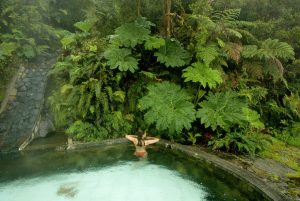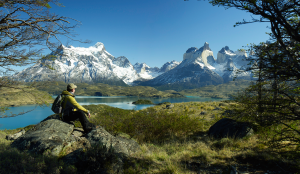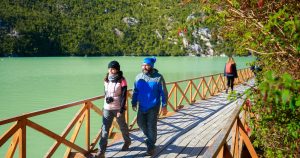Are you an animal lover? Discover the impressive diversity of the Chilean fauna
By: Chile Travel - 28 August, 2021

If you are the type of traveler who likes having close encounters with animals in their natural habitats and wants to experience an adventure into the wild, the impressive Chilean fauna is awaiting your visit.
You can’t miss this green destination! Chile has become one of the most unique countries for animal and nature lovers. Thanks to its enormous biodiversity that allows a wide range of eco-related activities on Chile’s less traveled roads, you can come see as much wildlife as possible, with activities or specific locations with this aim in mind.
Do you feel passionately for birds? Then, you will be amazed by the iconic species in the most southern part of Chile -and the world- with species like the Condor and Martin Kingfisher, two of the many birds that standout among the 479 species that live in Chile.

If perhaps you are more of an ocean lover and you dream about sailing alongside dolphins and whales, the Humboldt Penguin National Park and Francisco Coloane Marine Park offer unique experiences, such as scuba diving or taking a photography tour.
Chile offers visitors the chance to live unbelievable experiences with its wildlife. According to our National Species Inventory, there are more than 33.000 native species of flora and fauna, but unfortunately many are endangered. This is why Chile has made significant efforts to protect the country’s ecosystems through the Network of National Parks and Reserves.
TERRESTRIAL ANIMALS
Throughout the country, the diversity of the animal kingdom is vast, as is our geography and climates. In the north of Chile, one may discover fauna that lives in one of the most adverse ecosystems: the Atacama Desert.
But despite being the driest desert in the world, the variety of species that lives here is huge. In particular, when you travel to altitudes of over 3,500 m.a.s.l., where a greater amount of plant life allows many species to call this habitat their home.
In the Chilean Altiplano it is very likely to see LLAMAS (Lama glama), GUANACOS (Lama guanicoe) and VICUÑAS (Vicugna vicugna) grazing. These three animals are related to the family of camels, specifically the Chilean transhumant camelids, which can be differentiated by their size, color and the quality of their hair, similar to that of sheep’s wool.
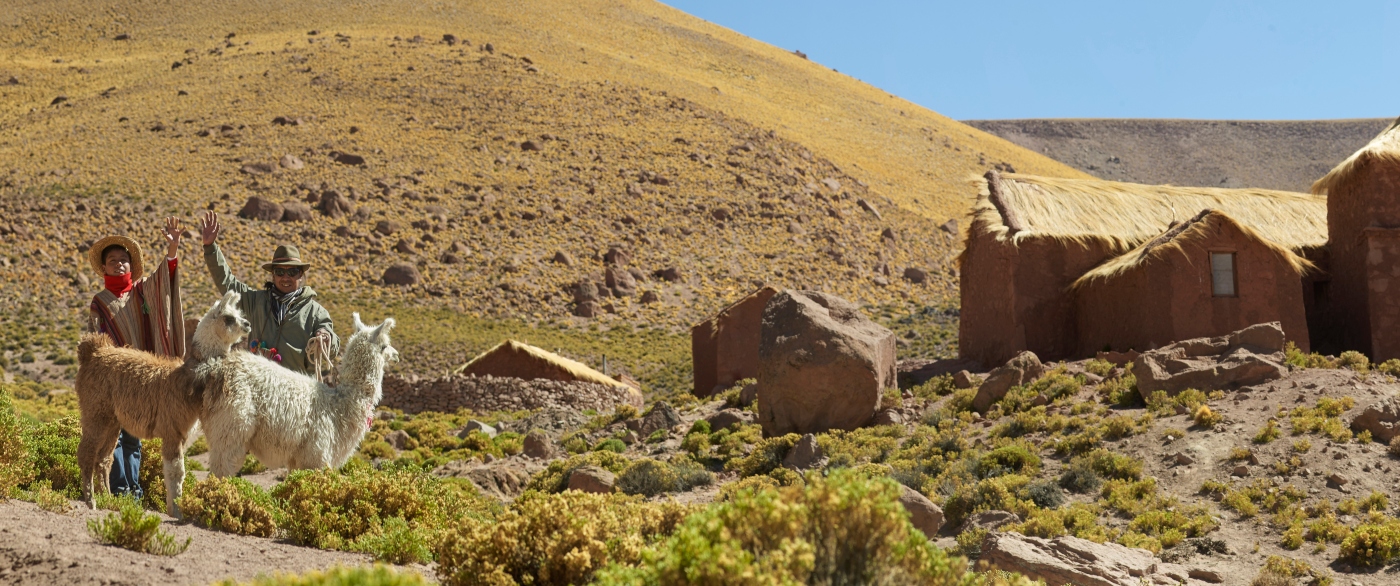
Another relative of the camelid family is the ALPACA (Vicugna pacos), which is considerably curvier and smaller than the Llama, but whose wool has forever been a part of the lives of the people of the region, given its high quality, softness and its use in textiles.
Las Chinchillas and La Higuera National Reserves, 100 kilometers (62 mi) from Coquimbo, is home to a small type of mouse called CHINCHILLA (chinchilla laniger) and its rodent cousin, the VIZCACHA, (Lagidium viscacia) which looks more like a hare, but it has a long tail. These two rodents stand out because of their long fur, extremely thick and soft, which they need for surviving in these desolate territories with extreme temperatures.
The Andean-hairy armadillo, or QUIRQUINCHO (Chaetophractus nationi), lives around Arica and Antofagasta. This Andean armadillo has a flat carapace, big ears, elongated nose and claws on its four fingers. Their bodies used to be turned into musical instruments, but since it is an endangered species, it is now protected by law.
The greatest wealth of animal life is in the center of the country, given its favorable climate. In the valleys and mountains of central Chile there are as many mammals as there are birds, offering an endless chance of sightings everywhere.
A beautiful and solitary mammal that inhabits central Chile, and which perhaps you’ll smell before seeing it, is the CHINGUE (Conepatus chinga). It’s a type of skunk with long and thick fur, black white stripes running down its back on both sides from head to tail. To see it, you’ll have to take a night excursion to the foothills of the Andes Mountains.
Despite the colder weather in southern Chile, the fauna is fascinating. In Patagonia, Guanacos, Foxes and Ñandus run freely on land while in the air you can see the impressive flight of the Andean Condor.
In some of the National Parks of southern Chile, you’ll have the opportunity to meet a beautiful animal that’s related to the deer family, the HUEMUL (Hippocamelus bisculcus). This beautiful animal has a special importance in Chile, because it is on our National Shield, but also due to its delicate situation as an endangered species.
Corcovado National Park, the sixth largest in Chile, that has 82 lagoons and is surrounded by ancient forests, is home to an incredible fauna. One of the coolest animals here is the Cougar, or PUMA (Puma concolor). This agile and largely solitary feline, with amber or brownish fur, is considered both nocturnal and crepuscular, although daytime sightings do occur. They climb up trees when they feel threatened, but don’t confuse it for a scared cat, because it is the most dangerous predator in Chile.

The small and shy PUDU (Pudu pudu) is one of the smallest species of deer in the world. Pudu offspring have yellow spots on their backs that disappear in adulthood and small antlers appear on their heads that shed annually. Although they live in the forests of a large part of the territory, it is more common to see it on the Island of Chiloé.
DARWIN FOXES, or also known as CHILOTE FOX (Lycalopex fulvipes), is the smallest and rarest type of fox and also on the list of protected species. The CULPEO FOX (Dusicyon culpaeus), another member of the Canidae family, lives in habitats throughout the country, and is the second largest living canid in South America.

When you visit Chile, you can also discover the petite OPOSSUM MONITO DEL MONTE (Dromiciops gliroides). This cute little animal loves night excursions, especially when they are busy building their nests, in the trees of the forests between Maule and Chiloé. This small marsupial is considered a living fossil, because it has genetic traits from fifty million years ago.
Last, but not least, we don’t want to leave out the DARWIN’s FROG (Rhinoderma darwini). This tiny amphibian, about the size of a 1-inch walnut, is endemic to the temperate forests of southern Chile. Their reproductive system is remarkable and very peculiar, as the male is in charge of guarding the eggs, holding them in his vocal sac until they hatch. It makes a noise similar to the song of a bird. If you go to the Huilo-Huilo Biological Reserve, do not forget to look for it.
BIRDS OF LAKES, FORESTS AND MOUNTAINS
Throughout the Chilean territory you will always be accompanied by the song of a bird. There are an estimated 439 species of birds, of which 296 nest in Chile, while the others are habitual or occasional visitors. Moreover, there are 11 species of birds that are not found anywhere else on the planet.
Almost one third of all the species of birds in Chile live in Lauca National Park, including ANDEAN FLAMINGOS which are the largest of the three species that live in the area.

This beautiful pink feathered bird stands out for its elegance and unusual flight with its neck stretched out and its legs back. The Flamingo belongs to the Phoenicopterus family and is the one that lives and breeds most in the south of the world. It resides in shallow, sweet or salty lakes of the Altiplano and also in Tierra del Fuego.
An iconic bird of the Andes Mountain range, and one of two animals that appears on the National Shield, is the CONDOR (Vultur gryphus). The world’s largest flying bird inhabits the heights between Arica and Tierra-Del-Fuego. The female lays a single egg every two years and they nest directly on the ground on a rock. The couple takes turns to hatch the egg and after 65 days the chick is born, reaching maturity at age of eight.
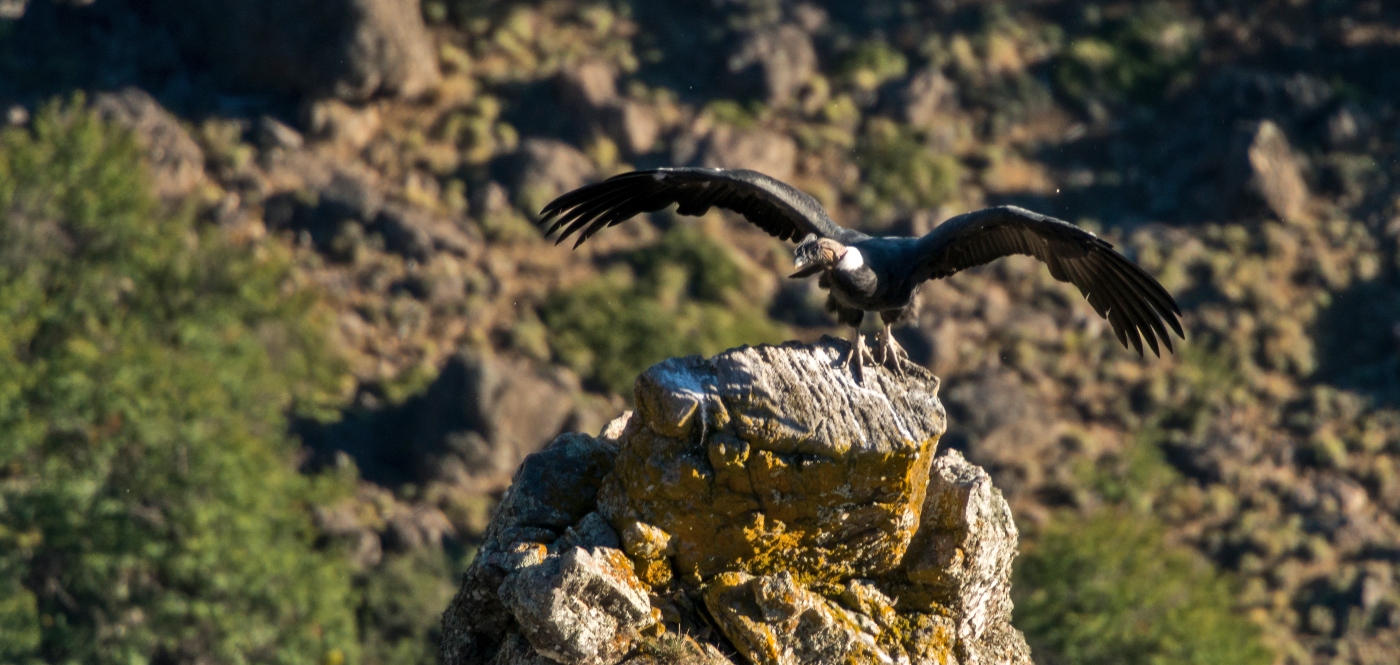
In forests and mountains across Chile, you can see the CHILEAN EAGLE fly (Geranoaetus melanoleucus). This wide-winged, short-tailed bird feeds on smaller birds, hares, and snakes, hunting them at full speed after stalking them from the heights.
The CHUNCHO (pygmy nanum) is a species of native owl that inhabits the forests and mountains of much of the national territory. It is a carnivore and can hunt animals bigger than itself. Unlike most owls, the Chuncho is diurnal.
The ÑANDU or RHEA (Pterocnemia pennata) is a cousin of the ostrich, but smaller and it cannot fly due to its heavy weight and its small wings. However, they are excellent runners and can reach speeds of up to 70 kms (43 miles) per hour.
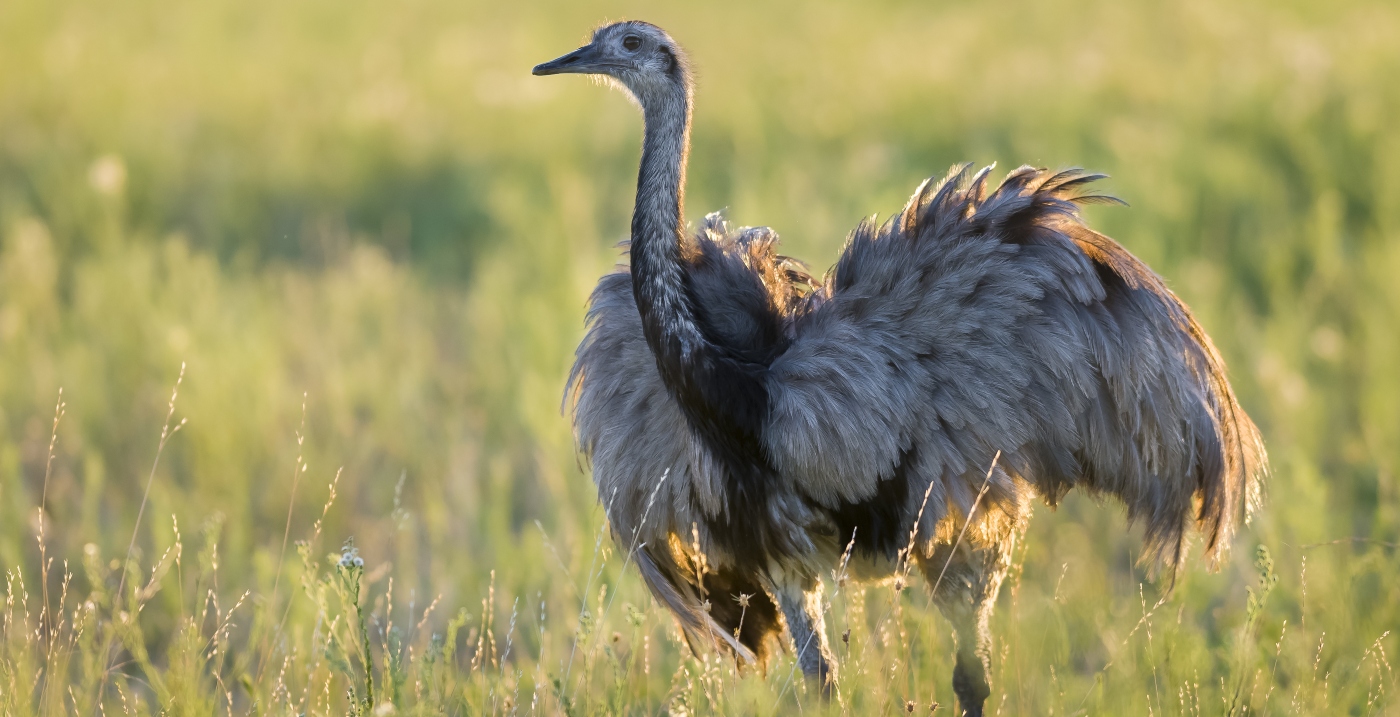
In southern Chile we will discover a very unique bird called MARTIN CARPINTERO (Campephilus magellanicus). It is distinguished by its shriek or by the loud hammering of its beak on some rotten trunk, where it hammers to extract larvae from insects to nourish itself.
The HUMMINGBIRD OF JUAN FERNANDEZ (Sephanoides fernandensis) is found in the forests and thickets of the islands of the archipelago. The male has a dark red plumage with golden feathers on his head. The female has bright green plumage. Its peculiarity is that they beat their wings 80 times per second, approximately, and they play a fundamental role in the pollination of the flora that surrounds them.
LIFE IN THE SEA
Thanks to its coast, over 4,000 km (2485 miles) long, Chile has a close relationship with the Pacific Ocean and the richness of marine fauna that is immeasurable. From north to south, we can find a rich variety of species, including sea lions, seals, dolphins and otters, to colossal whales, penguins and dolphins.
In Chile, more than forty species of cetaceans can be spotted, and the most impressive one of them is the HUMPBACK WHALE (Magaptera novaeangliae). A native species that we can observe mainly in the south of Chile, on the coasts between Aysén and Magallanes.

During the breeding season, the males sing to woo the females, exercising acrobatics such as jumps, tail flaps and flutters. An unforgettable spectacle that you will be able to see in the Francisco Coloane Marine Park or navigating in Antarctica.
Seemingly dressed in a gown, we will see the HUMBOLDT PENGUIN (Spheniscus humbolti). This non-flying bird is an excellent swimmer thanks to its fin-shaped wings. It spends more time in the water than on the mainland and its plumage adapts to the different temperatures of the ocean, as it lives between Arica and the Island of Chiloé.
If you want a date with this species of native origin, you must go to the Humboldt Penguin National Reserve, 100 km (62 miles) north of La Serena, with 888 hectares (2194 acres) that are divided into three islands: Chañaral, Choros and Damas.

The CHILEAN DOLPHIN (Cephalorhynchus eutropia) is the only species of cetacean endemic to Chile and is one of the least known. Its body is bluish grey and can be spotted on the coasts from Valparaiso to Tierra del Fuego.
The LOBO DE DOS PELOS DE JUAN FERNANDEZ (Arcocephalus phillippi) is a large animal that was on the verge of extinction because of the ships that marketed its skin and oil. It is believed that a few took refuge in the marine caves of the archipelago, which allowed them to begin to recover, so that they could be observed to this day on the shores of the islands.
The LOBSTER OF JUAN FERNANDEZ (Jasus frontalis) is a crustacean that is normally found in Veda, this means that in some periods it is forbidden to capture, purchase, transport and possess. In addition, fishing females with visible eggs is prohibited at all times of the year. As its name suggests, it is found in the waters of the Archipelago of Juan Fernandez and Islas Desventuradas, it lives in the seabed and in underwater caves.

Venture to see the Chilean fauna! And discover many other animals that inhabit the country at the end of the world… We assure you, you ́ll fall in love…
















